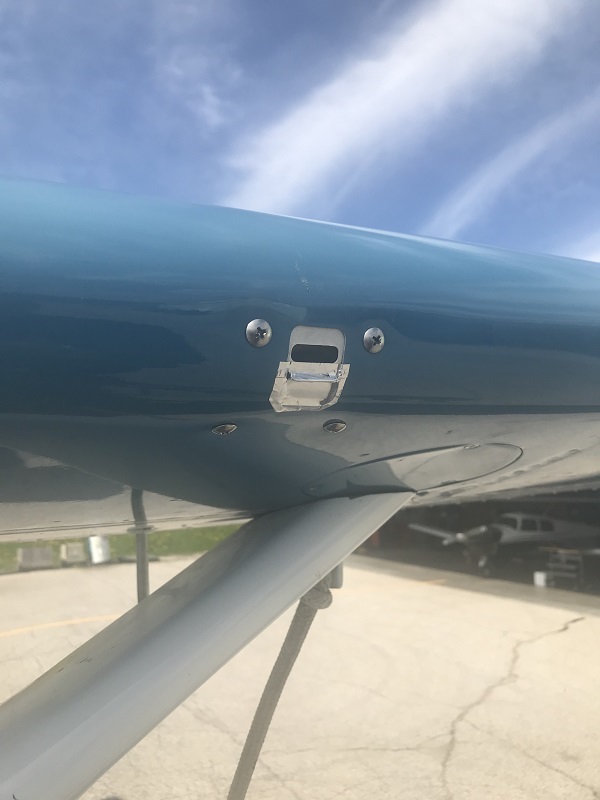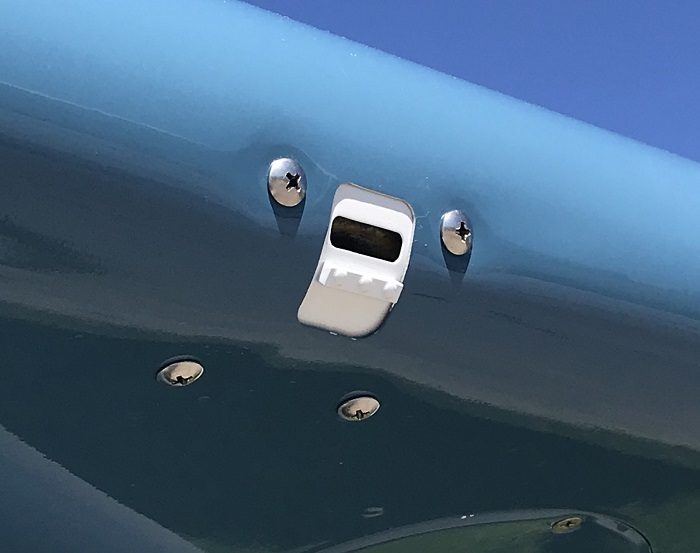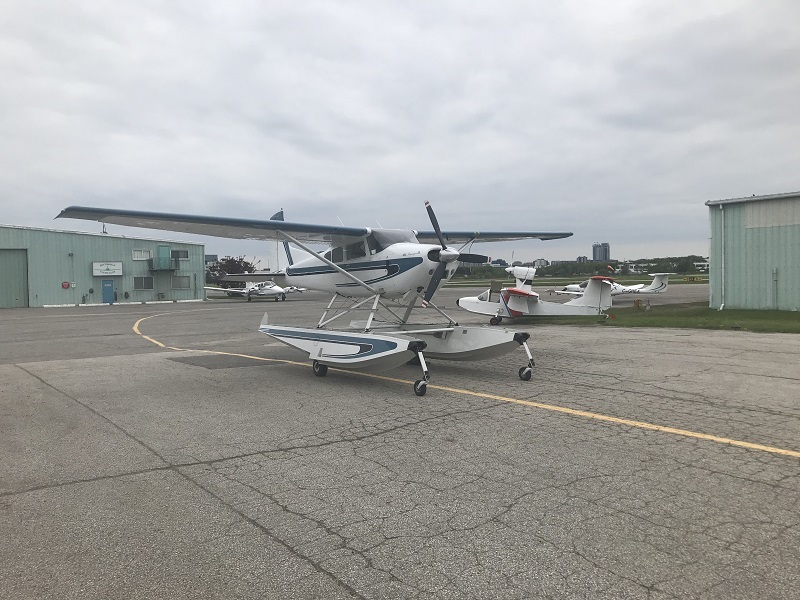So the Cessna 185 amphibian had a landing accident five years ago, it happens… It was rebuilt by an experienced shop. The owner took his rebuilt plane, and flew for four years, then put it up for sale, as he’d bought a new C 206. A prudent potential buyer does a pre-purchase inspection on the 185. I review of the logs shows that when it was rebuilt, wings from another airplane were installed. A search of the registry revealed that the wings on the Cessna A185F were removed from a 182Q – so eligibility problem! I get called last September to approve the change already made (and flown for four years) to the 185.
I worked with the staff at the new shop to go through all the details to assure that the conversion of the 182 wings was correctly done to make them eligible on the 185. We got there, all changes done, and design compliance demonstrated – with one outstanding item – the stall warning system. You can only know that’s working by test flying it. The 185 stall warning system is pneumatic (like a 150/152/172) where the 182 has an electric vane switch. I reviewed, and measured, and determined that the cut out in the leading edge of the wing are in different places in the 185 and 182 wings. The pneumatic stall warning system had been installed in the hole for the switch – ’might not work!
So last month, I test flew it. Nope – no stall warning at all. in the most extreme, jut one peep just as the stall broke. It is required that the stall warning be steadily sounding 5 knots before the stall break in any configuration, and should be silent faster than 10 knots before the stall break. This plane was a zero knots at best. The shop adjusted, and I flew more – ’same result. This was not going to work. I mused to the manager that I could approve the installation of the electric vane switch system for the 182 in the 185, and then calibrate that, but that is a big job, with expensive parts.
With a number of uncertain faces around the shop, I asked for a roll of aluminum “100 MPH tape” and a ladder. I did an experimental change based upon previous experience I’d had with static port changes. I taped up this:

I flew it, and got good results, good stall warning at all the correct speeds. So I had the shop formally make this:

I flew that yesterday, and it worked perfectly! Simple, low cost solution! Modification approved, airplane released to service – and up for sale, if you’re looking for one!

That’s amazing. Blocking a part of the airflow?
How does a pneumatic stall warner work? There must still be a switch somewhere downstream. Or is the warning sound generated with airflow?
Peter wrote:
Or is the warning sound generated with airflow?
Yes. It is basically an organ pipe that is activated by the pressure at the opening changing when the wing approaches the critical angle of attack.
Never knew the 182Q wing and 185 wings were the same. It looks like it has wing extensions also.
The 182Q and A185F wings are structurally very similar, though systems wise rather different. Cessna are excellent at not making new parts if they don’t need to. In many cases, a part will have the same part number, though a different dash number. That often means it’s the same formed part, though the dash number denotes different holes for mounting things. Beyond the very different stall warning systems, there are also differences in the aileron control system, fuel system, and flap control system. The ailerons and flaps are also different.
This airplane does have wing extensions. When wing extensions are combined with other mods (like a STOL kit, or VG’s) other interactions are possible, and can affect the airplane’s handling, so I check for some additional characteristics when I check fly these multi mod planes.
Airborne_Again wrote:
Yes. It is basically an organ pipe that is activated by the pressure at the opening changing when the wing approaches the critical angle of attack.
Exactly. Specifically, it activates when the stagnation point moves below the opening, so the pressure drops and air gets “sucked” out of the opening.
Although I would say it sounds more like a kazoo than an organ pipe…